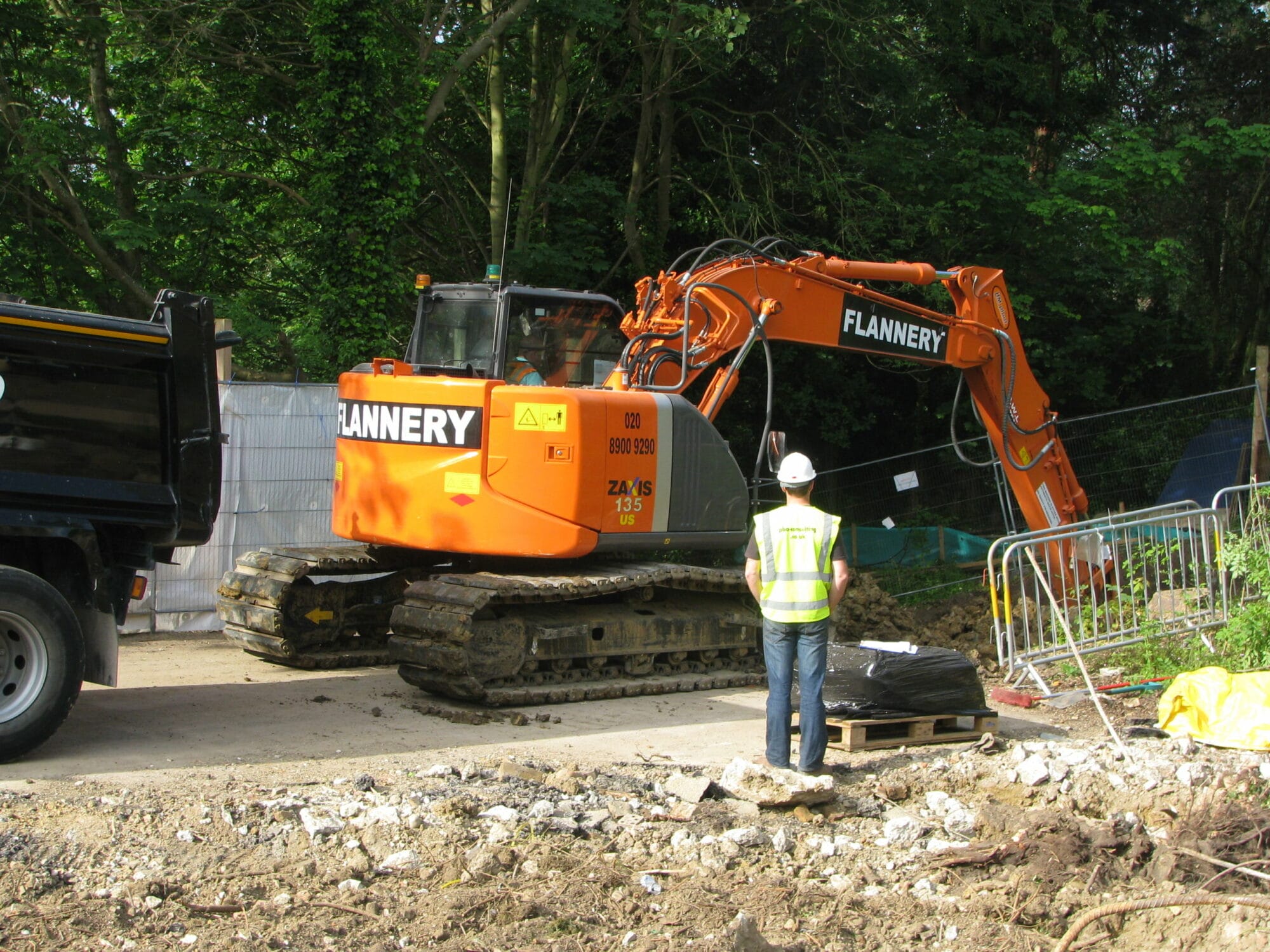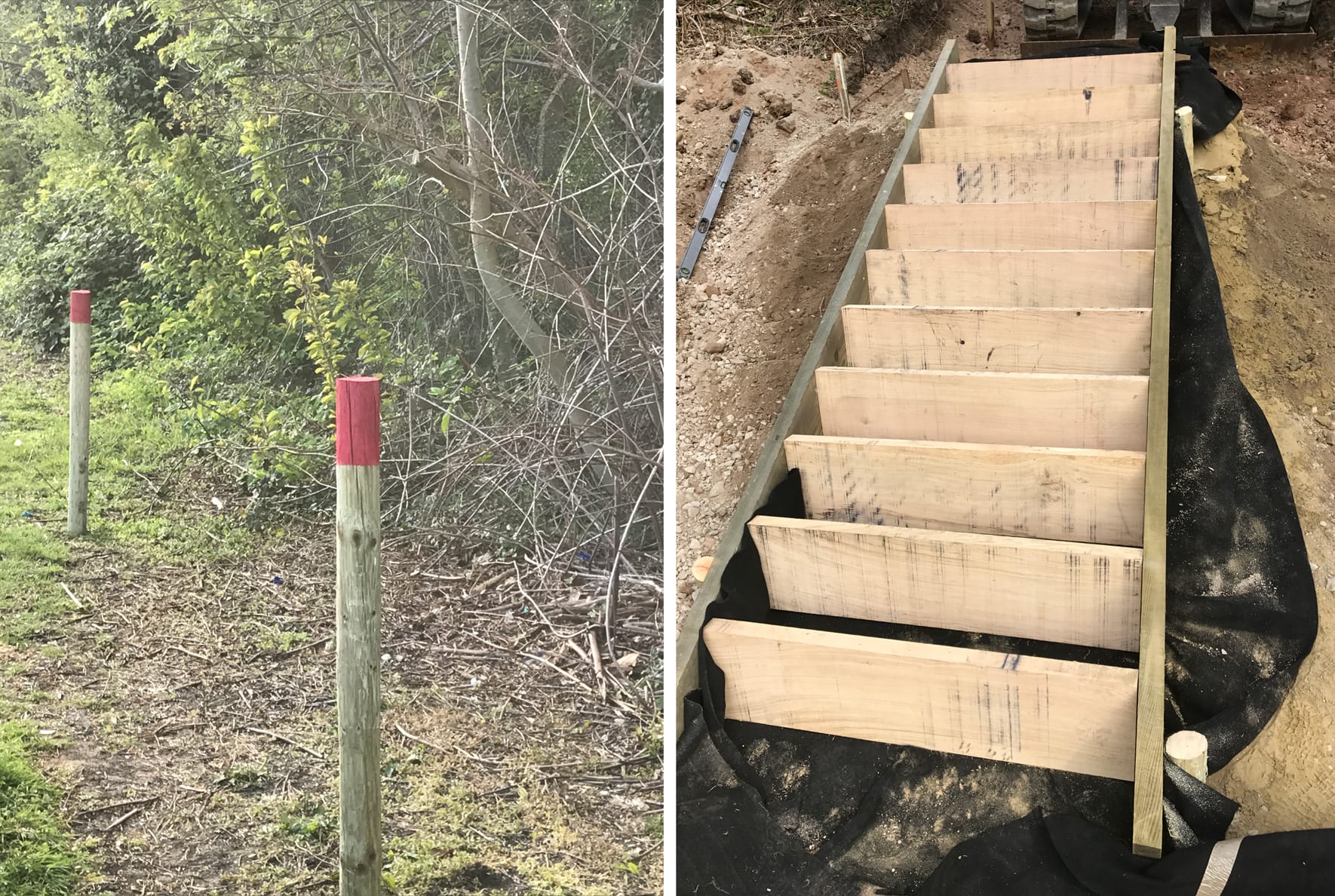Project details:
Client
A major London developer
Type of property:
Removal of Japanese Knotweed from a former hospital site in South London being developed into luxury housing with associated outdoor space and parkland.
The challenge:
Thirty locations of knotweed were identified. They extended into woodlands, and knotweed was found growing close to a listed building scheduled for renovation.

The solution:
PBA completed GIS mapping to plot the exact location of the knotweed so that the impact of this invasive weed could be considered by the developer and the construction team.
PBA then put together a high-level Japanese knotweed management plan for the development which had a build schedule of over 10 years. During this period PBA created several specific management plans, consulting with architects, planners, and lawyers to ensure that treatment solutions worked for all parties and that the solution was practical and affordable while allowing properties to be sold without constraint.
During the 10 year period of construction, PBA initially fenced off all areas of knotweed so they became an exclusion zone.
All 30 locations of knotweed were routinely treated with herbicide in line with the specifications of the management plan. On each occasion, a digital herbicide treatment record was produced along with photographs.
In addition to the on-site knotweed, there were several neighbouring houses with knotweed that the developer committed to treating as a goodwill gesture.
Three additional areas were excavated, removing more than 1,000 tonnes of knotweed-impacted waste. PBA had to overcome specific constraints at each location, such as working in confined spaces, working on steep banks, and proximity to protected trees. In one location asbestos also needed to be remediated.
In another location, not all impacted land could be removed due to the presence of trees, so PBA created a custom solution. A path and a set of steps were a planning requirement in this location. PBA incorporated into the design a specialist CuTex root barrier that could be used vertically and horizontally to block Japanese knotweed growth.

Time frame:
- Start: 2010
- Completion: herbicide treatment completion 2021
- Guarantees: Opens space five years post-completion, residual 10 years post-completion
- Contract Length: Total involvement will be 2010-2026 (16 years)
- Cost or scale of the project: Total project cost circa £250,000
Other services:
PBA used CuTex, a specialist geocomposite root barrier so that a complex set of steps could be built where the level change was around 7m. Using the CuTex allowed for construction over knotweed-impacted land. This work was completed in 2015 and to date, no knotweed regrowth has been seen in the area where CuTex has been used. This is a testament to the product and the expertise of the PBA installation team.

